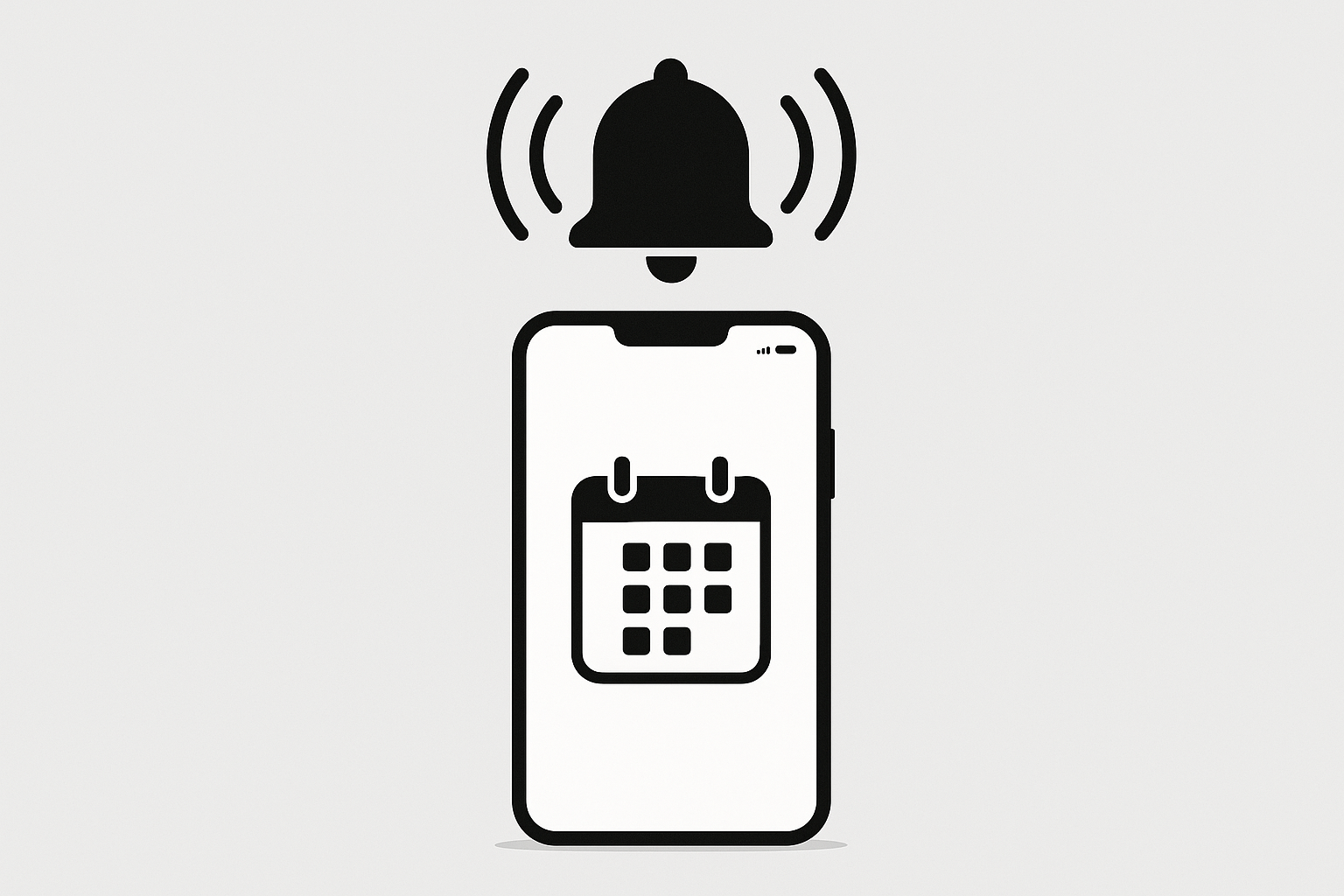SAT Test Dates: Your Complete 2025–2026 Guide
Understanding SAT test dates is crucial for successful college admissions planning. This guide provides everything students need to navigate the 2025–2026 testing calendar effectively and strategically.
Why SAT Test Dates Matter
Strategic test date selection directly impacts your college admissions success and overall academic performance.
Impact on College Applications
Early action deadlines require October SAT scores while regular decision applications accept December results. Scholarship programs often demand specific testing windows for consideration. Submitting highest scores from strategically timed attempts maximizes admission chances. Many colleges superscore SAT results making multiple test dates advantageous for competitive applications. Homeschoolers can review our college prep guide.

Scheduling Around School and Activities
Balancing SAT preparation with AP exams requires careful spring semester planning. Fall athletes should avoid August and November dates that conflict with championships. Drama students must consider production schedules when selecting test dates. Academic competitions and debate tournaments often overlap with popular testing weekends requiring advance coordination. See our online summer school for flexible options.
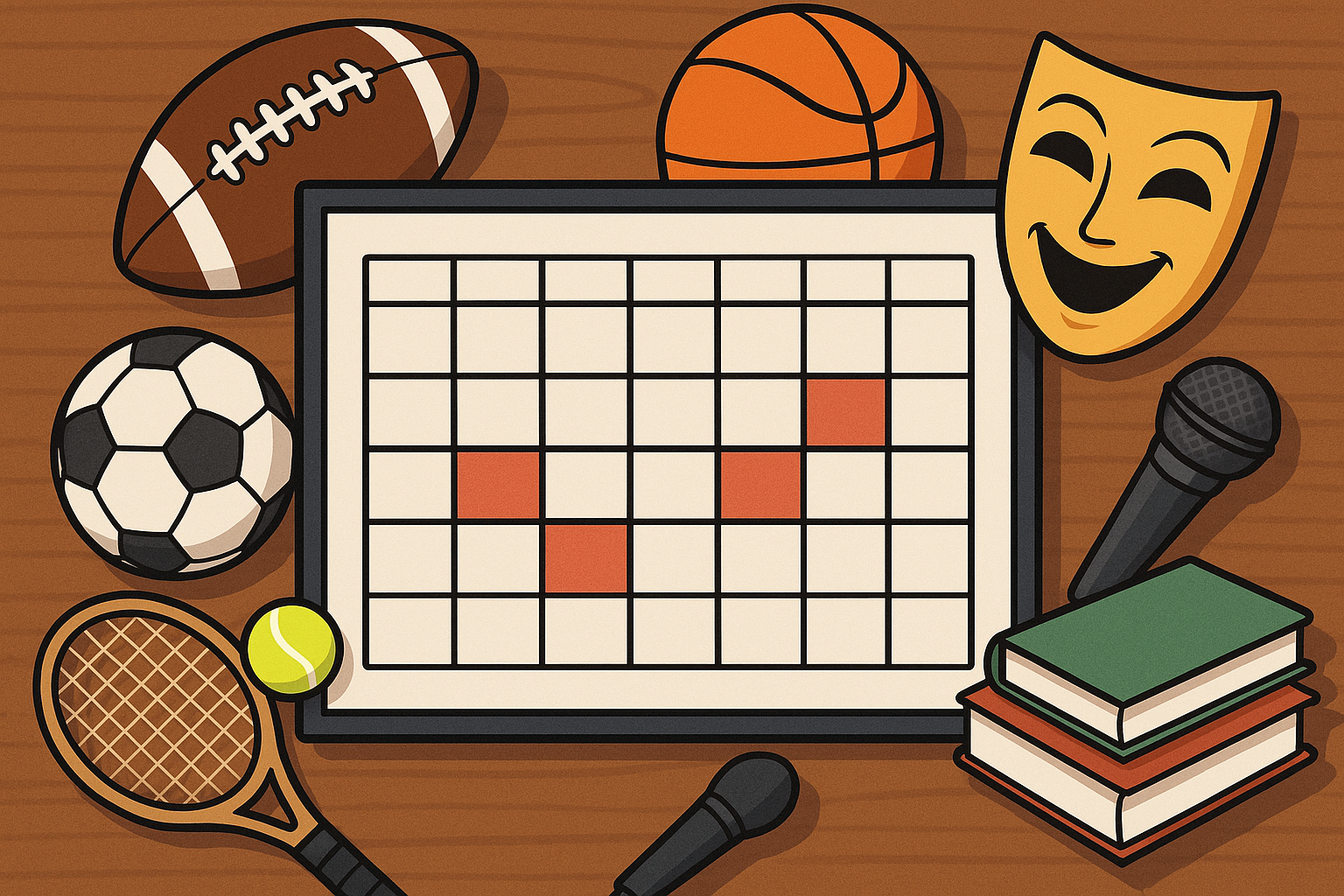
Overview of the 2025–2026 SAT Schedule
Seven national SAT test dates span from August 2025 through June 6 2026 with digital delivery at test centers nationwide.
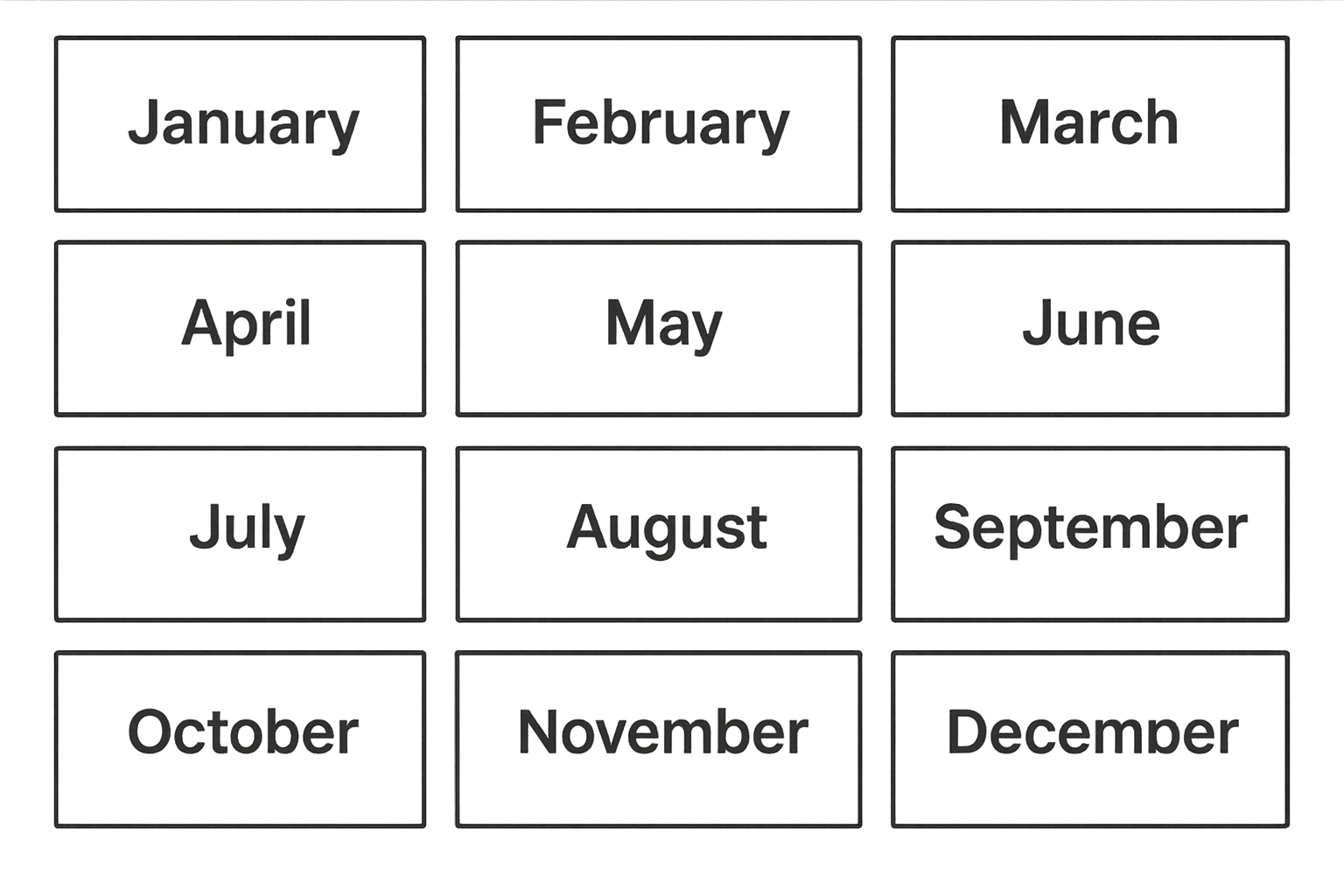
Key Registration Deadlines
Standard SAT registration closes approximately four weeks before each test date while late registration extends two additional weeks.

How to Choose the Right Test Date
Match your SAT test date to college application deadlines allowing time for score delivery and potential retakes. To build skills ahead of your target date, explore our online courses.
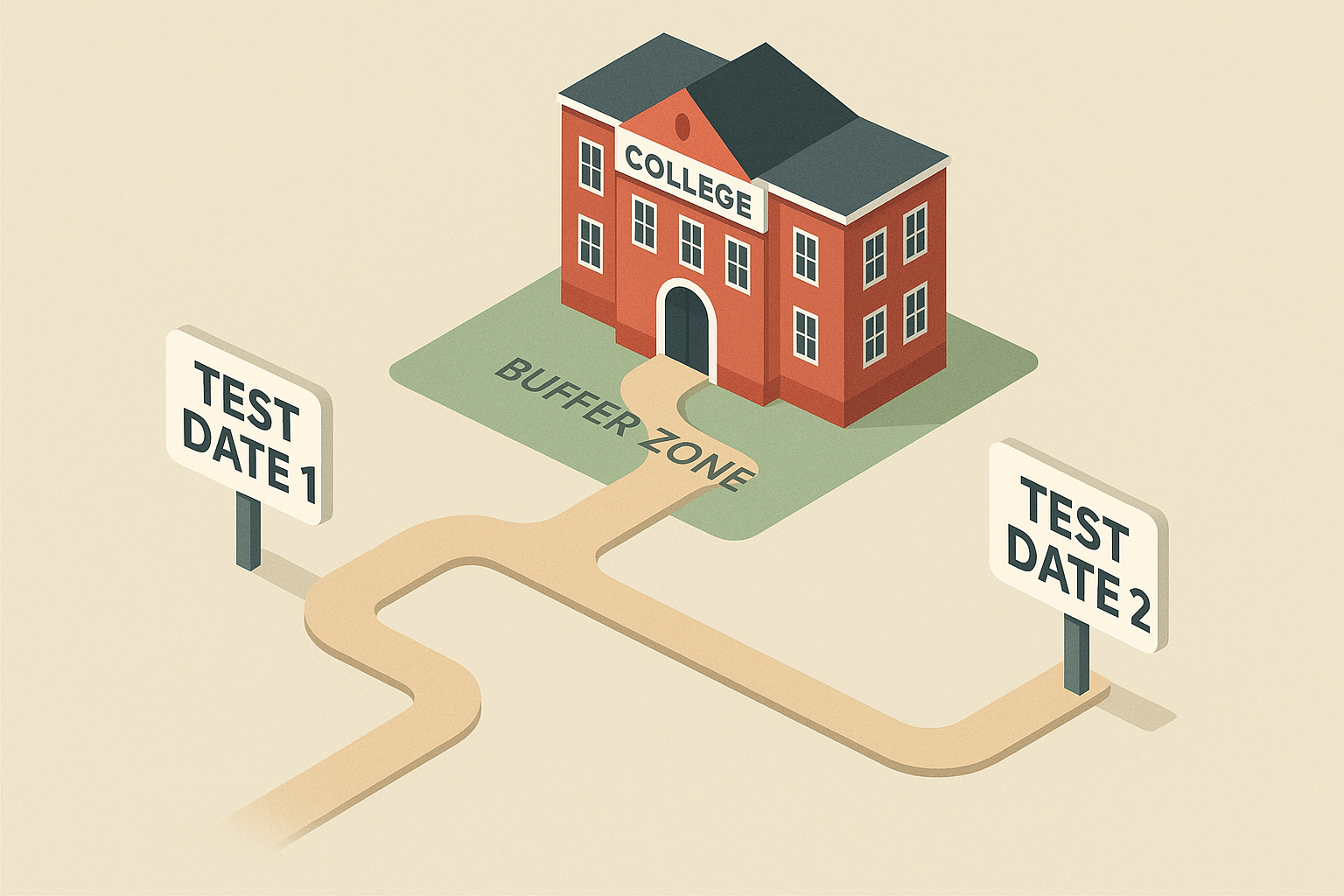
Understanding the Digital Format
The digital SAT features shorter sections with adaptive difficulty adjusting to student performance throughout the test.
Device Requirements and Setup
Students may use personal laptops meeting system requirements or request loaner devices through College Board. Chromebooks iPads and school-issued devices are acceptable with updated Bluebook application installed. Battery life must exceed three hours and devices require administrative permissions disabled. Test centers provide power outlets but bringing chargers remains recommended for security.
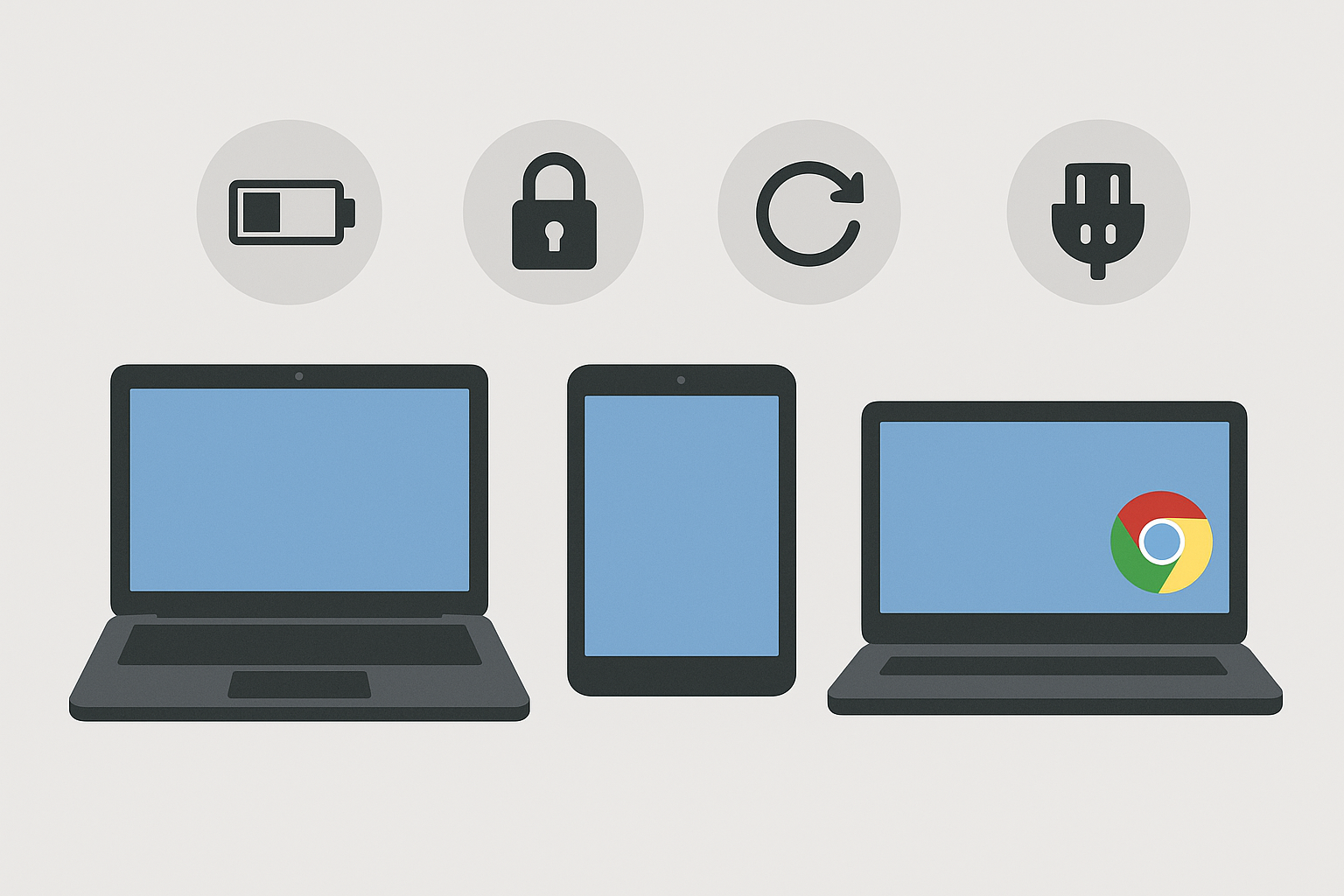
Adaptive Sections Explained
Each section contains two modules with second module difficulty determined by first module performance. Higher difficulty questions in module two indicate stronger performance enabling higher scoring potential. Students cannot return to previous modules maintaining forward-only progression throughout testing. This adaptive design reduces testing time while maintaining score reliability and validity.
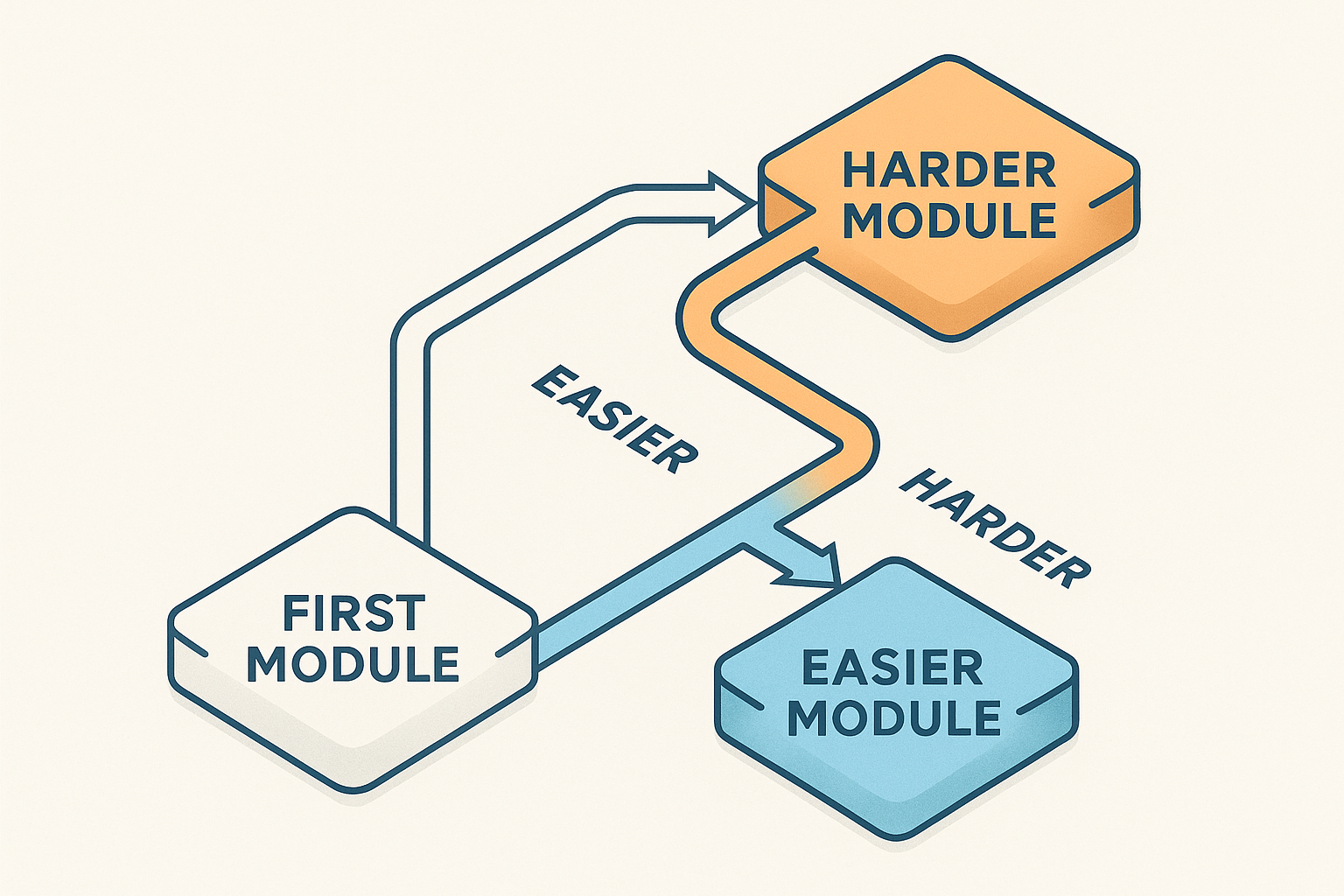
Preparing for Test Day
Create a twelve-week study plan incorporating official practice tests and targeted skill development before test day.

Late Registration and Fee Waivers
Late registration incurs additional fees but provides flexibility for students missing standard registration deadlines or needing schedule adjustments.

Retaking the SAT: Strategizing Your Calendar
Most students improve scores on second attempts making strategic retesting valuable for college admissions competitiveness.

Future Predictions: Beyond 2026
Understanding historical patterns helps students anticipate future testing opportunities and plan long-term academic strategies effectively.
Patterns and Projected Dates
College Board typically maintains seven annual administrations with August March May and June dates remaining consistent. International testing follows similar patterns with minor regional variations based on local requirements. Digital format adoption suggests continued streamlined scheduling with fewer makeup dates needed. Future years will likely preserve current monthly distribution supporting predictable planning cycles.

Why Staying Informed Matters
College Board announces schedule changes six months in advance requiring regular website monitoring for updates. Policy modifications regarding retesting limits or score reporting may affect strategic planning decisions. International students face additional considerations as global testing availability continues evolving annually. Maintaining flexibility in planning accommodates unexpected changes while ensuring testing goals remain achievable.
